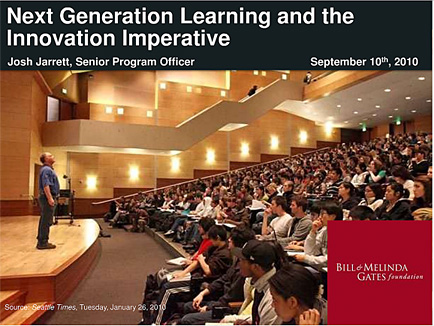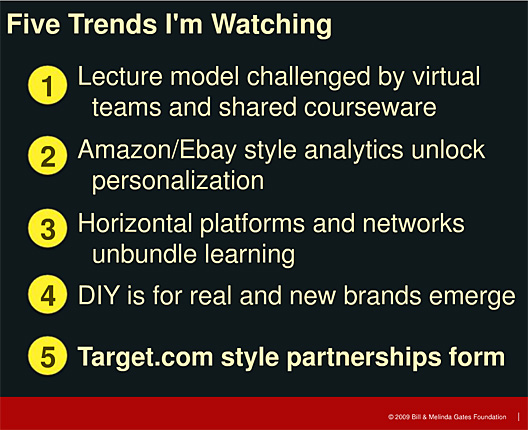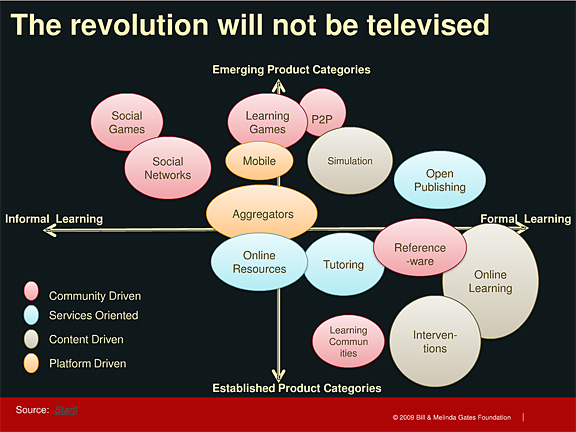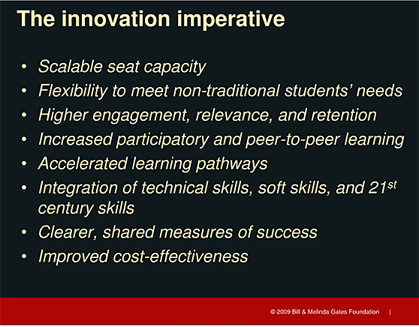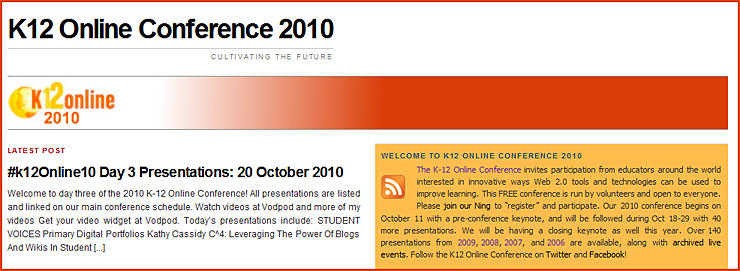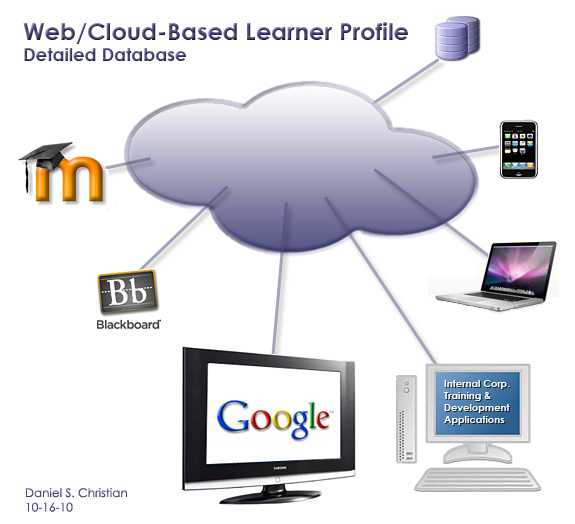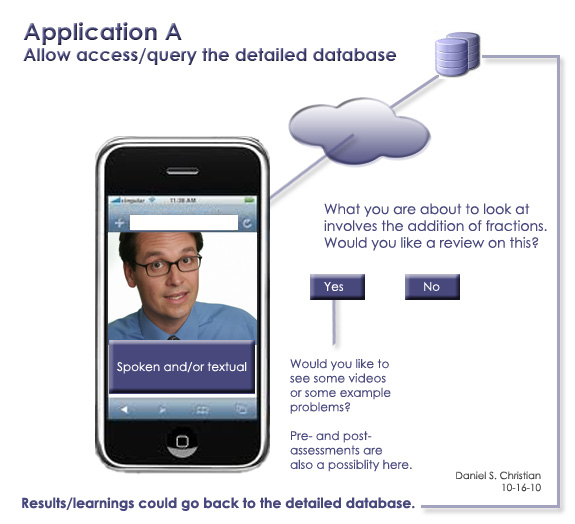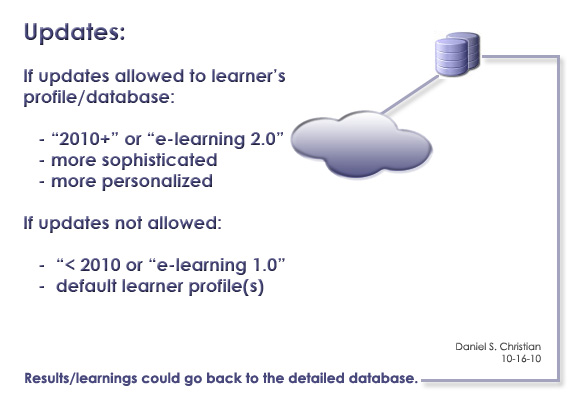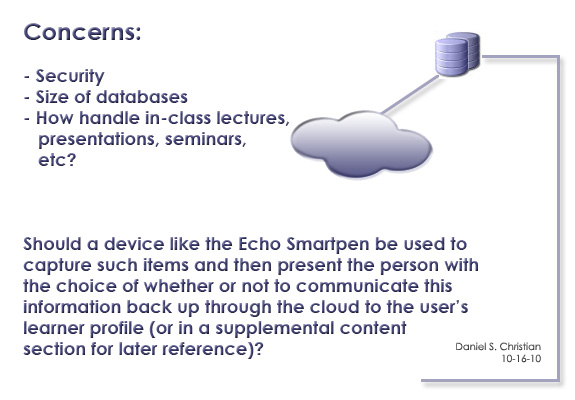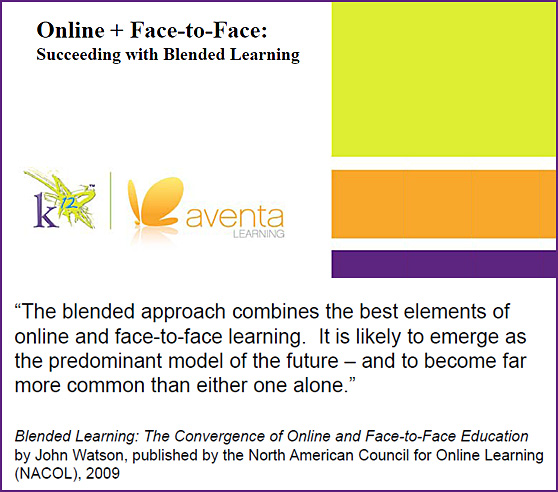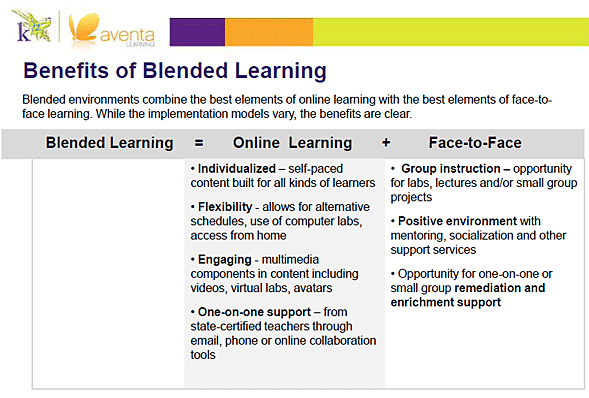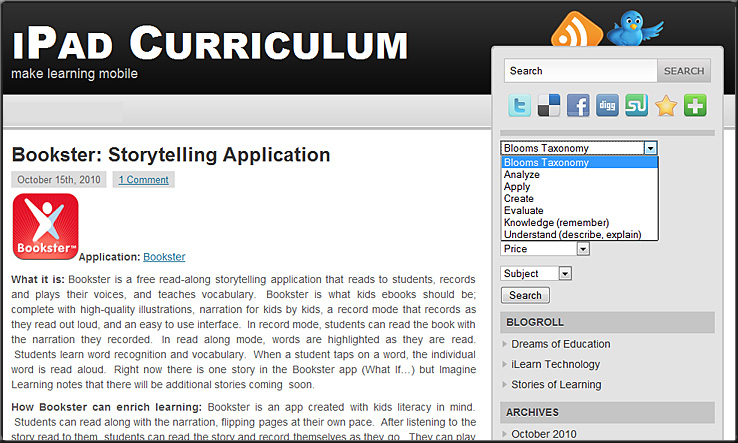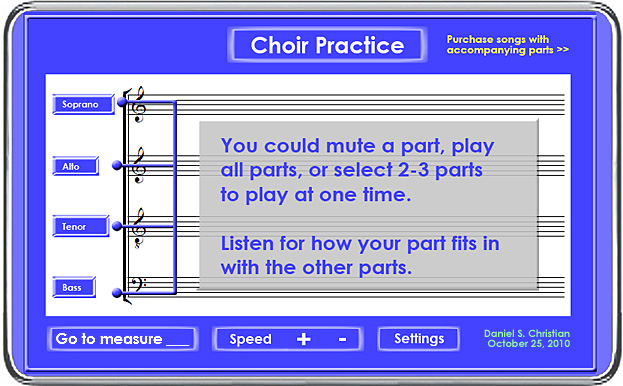
.
Concept, graphics, idea from Daniel S. Christian:
But free for your taking and implementing!
.
What:
- Choir Practice: A mobile-based method of practicing one’s part
Features
- The ability for the choir member to go directly to measure ____
- The ability for the choir member to highlight measures ____ through ____ (like highlighting text in Microsoft Word), then click on the play button to loop through those measures
- One could speed up a song up or slow it down (without affecting pitch)
- The application would allow for all of the vocal parts to begin playing upon downloading a pre-packaged song or the application could always start playing with a certain part (i.e. 1st or 2nd soprano, alto, tenor, or bass)
- The musical notes could be the same color or one could choose to display the notes in different colors
- Bonus features might include a video of a director directing this song
Why:
- This type of thing would be a great cross-disciplinary assignment for your institution’s curriculum — Music and Computer Science come to mind for this application
- Your institution could sell this application on Apple’s App Store to develop a new revenue stream
- Your choirs could produce the packaged songs / tracks
- Plus, such an app would help choir members learn their parts — 24x7x365 — in the car, on the road, in the gym, etc.
- Enhances one’s ability to listen to other parts as well
- Aids your marketing departments as you point to this as a solid deliverable from your programs
- Creates “study aids” for your own school’s choirs/students as well as for choirs at smaller churches and institutions (worldwide)
- Helps those choir members who don’t have access to a piano or don’t know how to play a piano
Have fun whomever takes this idea and runs with it! The choirs of the world will appreciate you — and so will their audiences! 🙂
Along these lines…another win-win here includes:
- Vocalists, pianists, and other type of musicians
- Composers
- Programmers
- Graphic artists
- Videographers / video editors
- Audio specialists
- Writers
- Project Managers
- Actresses/Actors
- etc.
- Learn to appreciate other disciplines
- Participate in/contribute to projects that could be published on the web
- Exercise their creativity
- Practice being innovative
Daniel Christian










